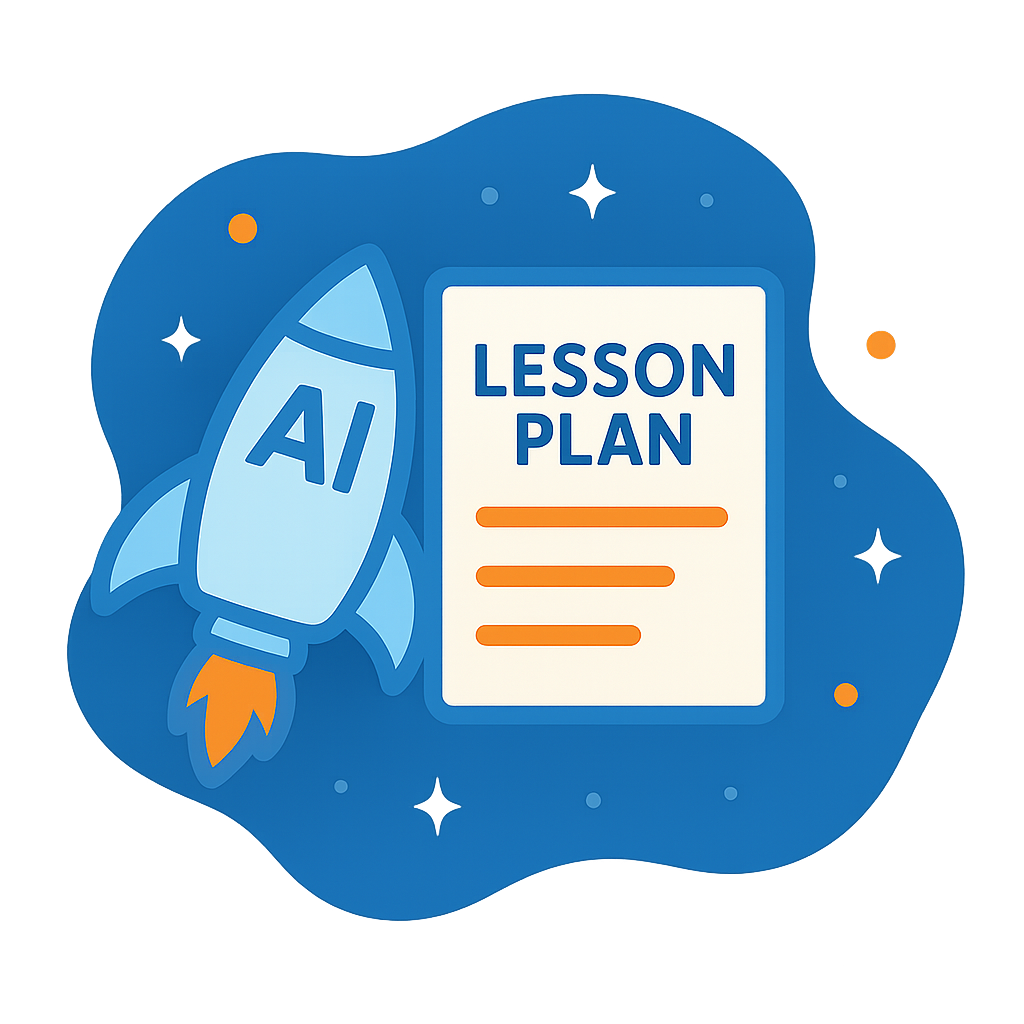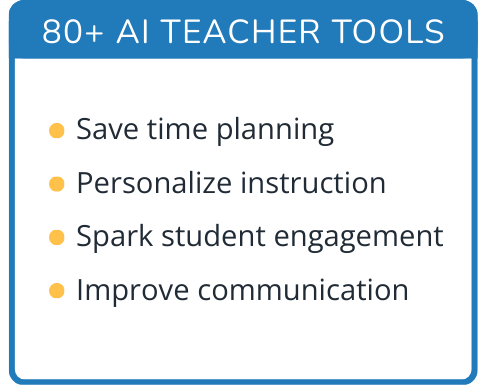Hi, what do you want to do?
American Museum of Natural History
The Milky Way Galaxy
Just how big is the galaxy? Learners read information about the size of the Milky Way galaxy to better comprehend its size. Pupils develop an understanding of the number of stars in the galaxy by finding just how big a billion is and...
University of Texas
Lives of Stars
Stars exist from a few million years to over 10 billion years, depending on their mass. Scholars perform a play acting as stars to learn about their different life cycles. They develop an understanding of many of the fundamental concepts...
Space Awareness
Living in the Milky Way
Get to know our galaxy with an astronomy-themed, hands-on activity. Scholars watch an informative video, answer questions, and construct a model of the Milky Way in order to examine its contents and the distance inside it.
Mr. E. Science
Stars, Galaxies and the Universe
It takes 225 million years for our sun to travel around the galaxy. The presentation covers astronomical units, light years, telescopes, types of stars, the life cycle of a star, and types of galaxies. This is the last lesson in a...
Curated OER
Science Jeopardy - The Earth Sciences
The earth sciences are the focus for this Jeopardy-style review game. Categories include geology, space, scientific investigation, meteorology, and oceanography. Diagrams and pictures are involved with most of the questions, making this...
Curated OER
Working With Scientific Notation
In this scientific notation instructional activity, students read about the discovery of new planets. They use scientific notation to identify the number of miles from one planet to the next. Students determine how long it would take to...
Curated OER
Looking Back in Time
High schoolers construct a timeline that records the birthdates of several scientists. They calculate a relationship for distance and years and then compare their timelines to the use of light years as a measurement unit.
Curated OER
Exploring a Galaxy
In this galaxy worksheet, students use the Internet or other resources to answer 13 questions about the galaxy NGC-1232. They are given a photograph of the galaxy to help determine the width and diameter of certain regions of...
Alabama Learning Exchange
Cosmic Measurements
Young scholars develop two units of measurement to relate to the astronomical unit and the light year. In this astronomy lesson, students use a Twizzler to develop a measurement unit similar to the astronomical unit. They use a moving...
Curated OER
A Trillion Here...A Trillion There
In this working with large numbers learning exercise, students are given the finance statistics for the US and the world for the 2006-2007 year. Students solve 11 problems including finding averages and percentages for the given...
Curated OER
The Solar Neighborhood within 17 Light Years!
In this distance between stars worksheet, students plot the distance between the sun and 11 other stars on a 2 dimensional grid using a protractor and a ruler. They determine the distances between various stars and they find the shortest...
Curated OER
A Star Sheds a Comet Tail!
In this comet tails and stars worksheet, learners read about the star Mira and the vast clouds of gases it emits. They use a photograph from the Galaxy Evolution Explorer satellite to solve 5 problems about the scale of the image, the...
Curated OER
Hubble Sees a Distant Planet
For this Hubble telescope worksheet, students solve 4 problems about the image of the distant planet the Hubble telescope discovered. Students determine the distance the planet was from its star in 2006, they determine the planet's...
Curated OER
Stars
For this stars worksheet, students determine if 15 statements about stars, constellations, Polaris, light years and the position of the stars are true or false. If they are false, students change the italicized word in the sentence to...
Curated OER
Distances in Space
In this distances in space learning exercise, students learn about astronomical units and light years as measurements for great distances. Students use both of these units of measurements to solve five problems.
Curated OER
Factor Conversion
In this factor worksheet, students practice doing factor conversions of time, length, speed, and weight. This worksheet has 12 word problems to solve.
Curated OER
Solar System Lab
In this solar system activity, 8th graders make a scale model of the solar system, answer 5 questions and write a conclusion.
Curated OER
Galaxies Galore, Games and More
Students practice skills used in scientific investigation while studying the three main types of galaxies. Students identify Earth as part of Milky Way galaxy, the parts of galaxies, and the types of galaxies, as well as classify...
Curated OER
Scale Model of Our Nearest Stars
Sixth graders calculate a light day, light hour, and light minute from the standard of a light year. After establishing the distances, a one meter scale is created to demonstrate the distance between the sun and the planets of our solar...
Curated OER
Basic Space
Three basic slides cover information about light years and how images of space are viewed. Some facts about light years are given and then a labeled diagram of a telescope is shown. One basic slide is included with definitions of...
Curated OER
Beyond the Milky Way
Fourth graders explore space science. In this space exploration lesson, 4th graders investigate the tools that engineers use to examine the solar system. Students analyze the history of the stud of the solar system.
Curated OER
In a Galaxy Far, Far, Far Away
Sixth graders compare distances between objects in the solar system. They investigate how light years are measured and when using them to measure how distances compare with one another. They write an essay exploring the possibility of...
Curated OER
Solar System Unit
Students probe an interdisciplinary unit on our solar system. Distances between planets, their characteristics, and applications to student's personal lives are analyzed in this experience. The unit contains seven lessons.
Curated OER
How Long Would It Take To Travel To the Stars?
Students consider the amount of time that it would take to get to the star, Sirius using various modes of transportation, some practical and some whimsical. The practicality of physically going to another star system is explored in this...




























